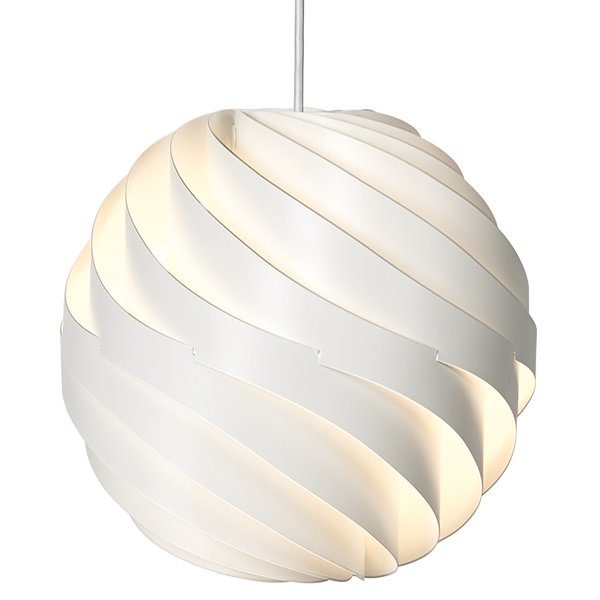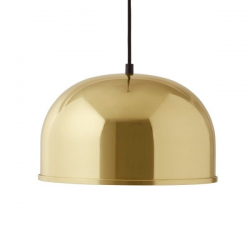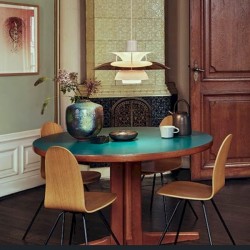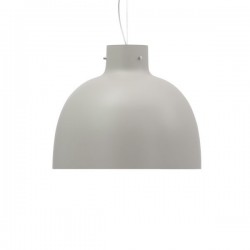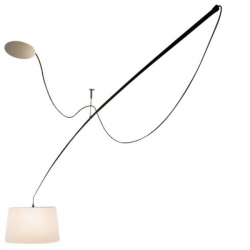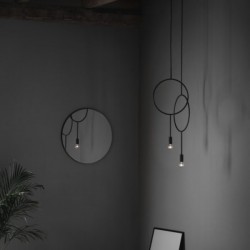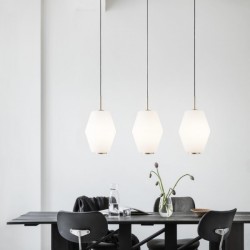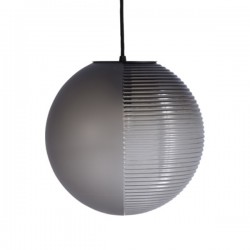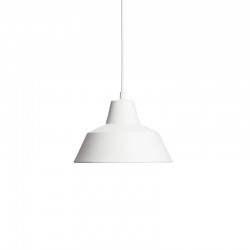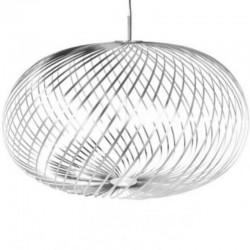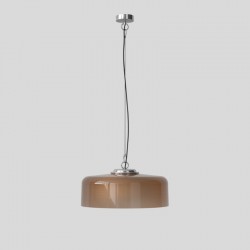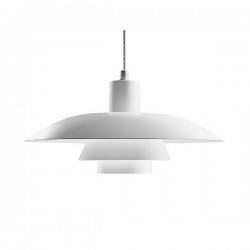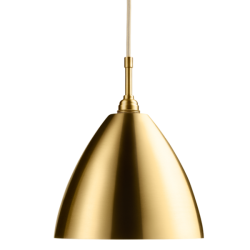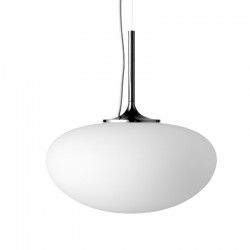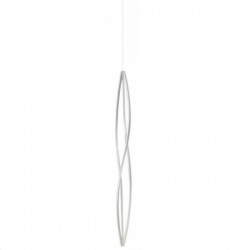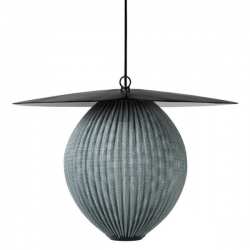Gubi Turbo Pendant 36cm
Louis Weisdorf’s Turbo Pendant. The lamp was first put into production in 1967 and has achieved great success over the years. It illustrates design at its best: it is simple in form, yet complex in structure and combines a sense of airiness and strength in a beautiful sculptural whole.
The inspiration for the lamp is the lightness of the Chinese paper lamp but in a more durable and sturdy version.
Designed by Louis Weisdorf The outer curve of the lamp is made of 12 aluminum spiral lamellae that form a flower-like globe that shields the light of the bulb and the vertical lamellae prevent gathering of dust.
Can't find it! We can supply all products from Gubi. If you know what you are looking for and it is not yet featured, please send us a request.
- Specifications
The outer curve of the lamp is made of 12 aluminum spiral lamellae
E27 base (lightbulb not included)
Lumen/Watt: 810 Lumen (~ 6W-10W LED)
220volts
Please note this product is CE approved only and should only be used in countries that follow and accept this standard. If it is used elsewhere it will be at the customers sole risk, responsibility and liability.
- Size Description
Diameter 36cm
-
Louis Weisdorf
In his own words, the studio of Architect Louis Weisdorf (born 1932) "specializes in versatility". This, quite perfectly, sums up the long and notable career of this multi-designer. Since graduating from the Royal Danish Academy of Fine Arts' School of Architecture in 1954, Weisdorf has worked with everything from graphic-, interior- and industrial design, to the planning of parks and recreational areas as well as most fields within the building trade. This adds to an impressive résumé of notable projects, which includes working with icons such as Verner Panton, Poul Henningsen and Le Klint.
You may also like
Louis Poulsen PH5 Copper Pendant Lamp
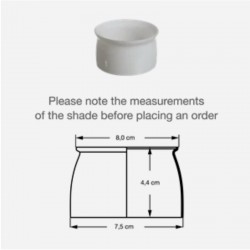


 EUR
EUR

